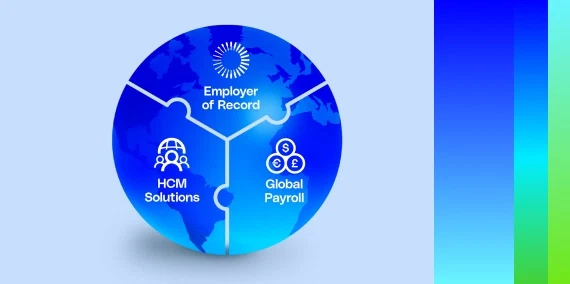Achieving successful business growth in New Zealand often revolves around the establishment of a subsidiary or finding a suitable alternative, such as partnering with an EOR like G-P. Each country’s subsidiary laws and timelines are different, but here is a general overview of what it takes to incorporate and start hiring in New Zealand.
How to set up a New Zealand subsidiary
The New Zealand subsidiary setup process starts with identifying your industry and location. You’ll need to choose the best location for your subsidiary’s physical office space since different cities and regions operate under separate New Zealand subsidiary laws — each with different fees and costs. Consider reaching out to a legal advisor or accountant to help you decide on the best location within New Zealand.
There are different types of subsidiaries in New Zealand, such as a Limited Liability Company, the Co-operative Company, and the Unlimited Company.
Once you determine the best place for your business, the New Zealand subsidiary setup process includes the following steps:
- Register your company’s name before the Companies Register.
- File your company’s documents.
- Lodge director and shareholder consent forms.
- Register for employment tax and welfare.
- Obtain a business industry code.
- Open a bank account.
New Zealand subsidiary laws
New Zealand has an array of subsidiary laws you’ll need to research before officially incorporating. Start by sending shareholder and director details to the Companies Register. Employers are required by law to update this information annually.
Large companies that are 25% or more controlled by non-residents have additional requirements. These organizations must file audited financial statements with the Companies Register within 6 months of their balance date.
Benefits of setting up a New Zealand subsidiary
The most significant benefit of setting up a subsidiary is the ability to operate independently from the parent company. This structure limits the parent company’s liability in case of any losses or litigation. It also allows you to tailor the subsidiary to New Zealand’s overall business culture and management style. There are no minimum capital requirements for most businesses in New Zealand.
Other important considerations
Before expanding into New Zealand, you’ll need to allocate a specific amount of time and resources throughout every step of the subsidiary incorporation process. You may have to travel back and forth to New Zealand or designate an employee to do so. The registration steps often cost a substantial amount of money, and you may need to retain the services of an attorney.
Enter new markets with G-P — no new entities required.
Beat the competition and enter new markets in minutes, not months, with G-P. We’ve paired our industry-leading team of in-region HR and legal experts with our #1 Global Growth Platform™ to help you hire compliantly in 180+ countries, eliminating the need to set up local entities or subsidiaries.
Get in touch today to learn more about how we can streamline the global growth process.






